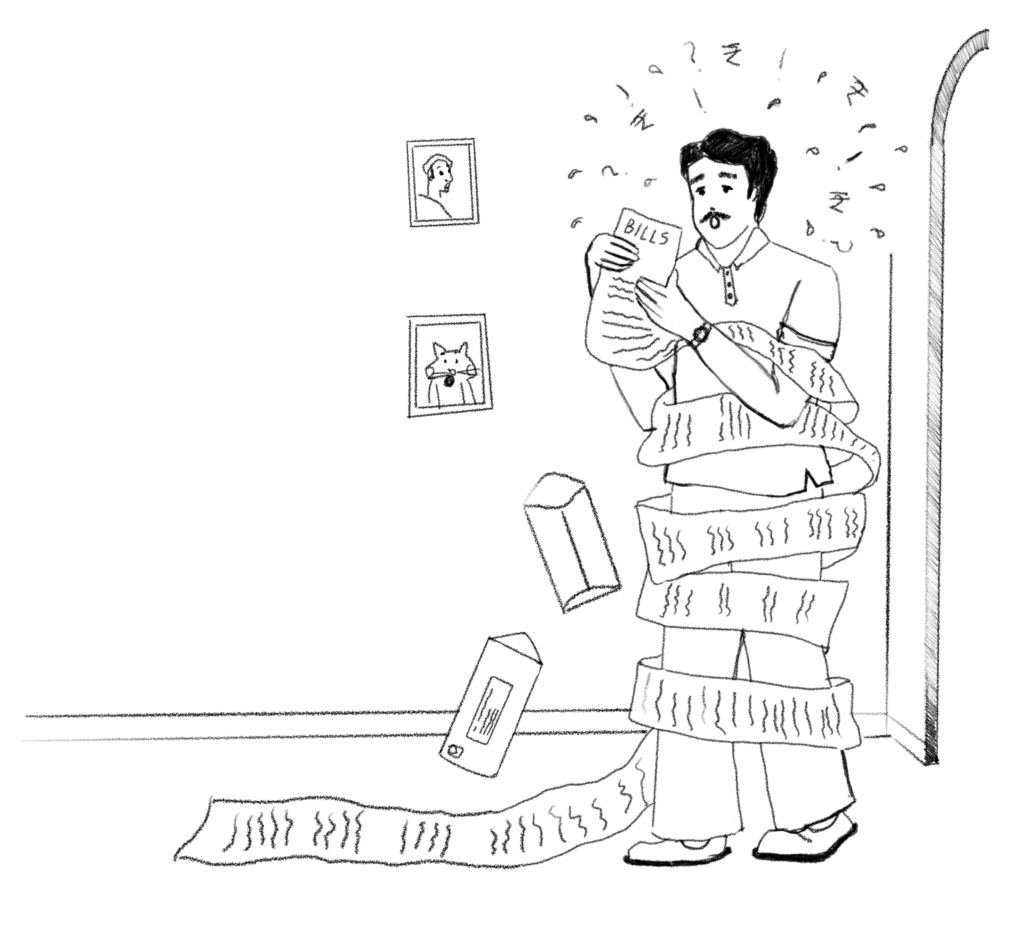
India’s leading think-tank and research institution focused on law and justice system reforms and access to justice.

India’s leading think-tank and research institution focused on law and justice system reforms and access to justice.

For Indian citizens, especially the poor and disenfranchised

For Indian entrepreneurs and investors building a $5T economy

For Indian governments delivering welfare services
Over 4,49,49,175
disputes are pending in district courts across India
National Judicial Data Grid, 24 October 2024
Over 4,49,49,175 disputes are pending in district courts across India
National Judicial Data Grid, 24 October 2024

These 37M disputes, on an average take
to get resolved
Source: Ease of Doing Business, World Bank

These 37M disputes, on an average take 1,146 days to get resolved
Source: Ease of Doing Business, World Bank
And Litigants spend around
31% of the claim value
in legal and court fees
Source: Ease of Doing Business, World Bank
And Litigants spend around 31% of the claim value in legal and court fees
Source: Ease of Doing Business, World Bank



© 2021 DAKSH India. All rights reserved
Powered by Oy Media Solutions
Designed by GGWP Design